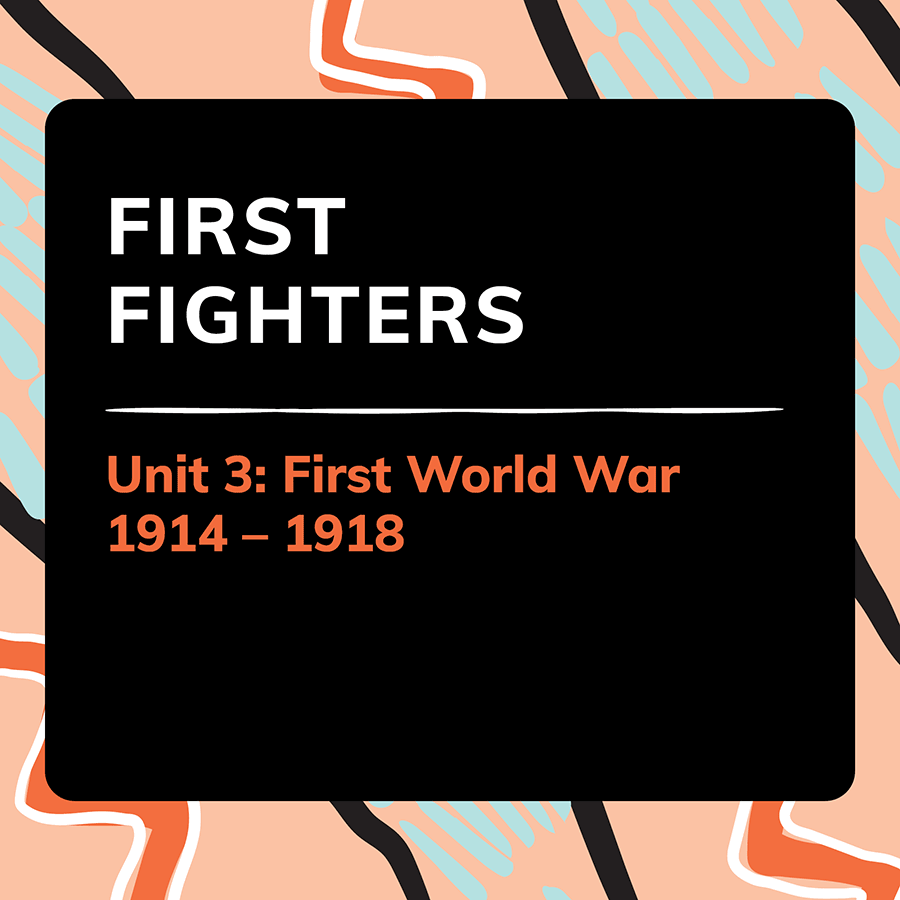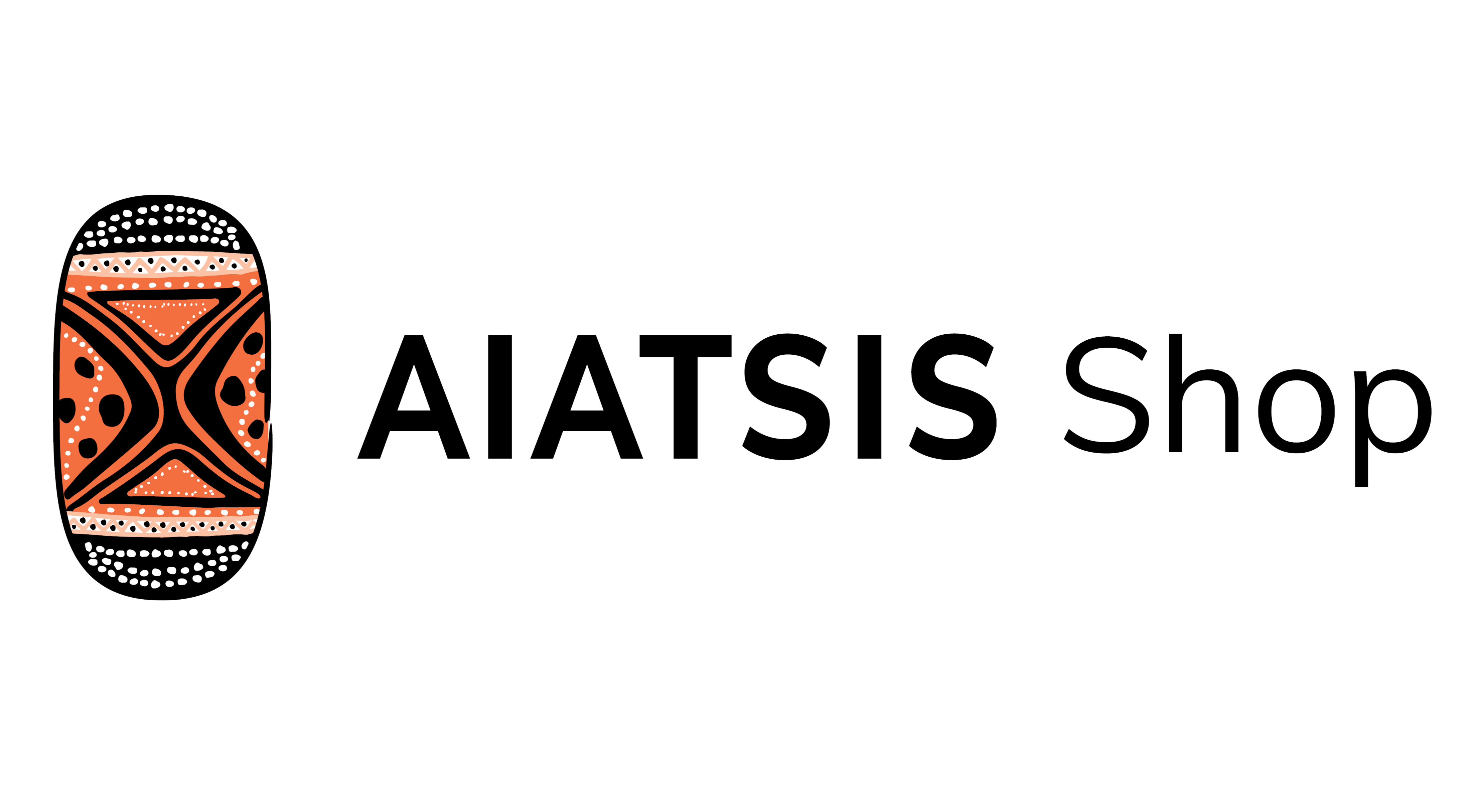Unit 3: First World War (1914 – 1918)
Unit 3: First World War (1914 – 1918)
AIATSIS Education
Couldn't load pickup availability
First World War (1914 – 1918)
Australia followed Britain into war against Germany in 1914. The First World War was mostly fought in Europe, the Middle East and North Africa, and involved over 1000 Indigenous people. Overall, 21 million military personnel were killed, wounded or taken prisoner. Aboriginal and Torres Strait Islander soldiers and nurses served in Turkey (at Gallipoli), North Africa, the Middle East, and on the Western Front in Europe. Motivations for enlistment were varied, including a desire to protect their mates and Australia but for many it was simply a way to earn a wage. Through the stories of individual soldiers, this unit shares Indigenous experiences of war and their lives on returning home.
Download Teaching and Learning Overview (PDF, 1MB)
Learning intention
We are learning about the Indigenous soldiers who fought in the First World War (also called World War One).
Success criteria
- I can describe some reasons why Indigenous soldiers fought in the First World War.
- I can describe the experiences faced by Indigenous soldiers during World War One.
- I can explain why it's important to include Indigenous voices in history.
Unit 3: First World War 1914 – 1918
Part 1 - Stimulus video and listening notes
Part 2 - Class/group discussion
Part 3 - Definition of key concepts
Part 4 - Equality at war but not at home
Part 5 - Julian Clifford Everett
Part 6 - Postcards to the Front
Part 7 - Independent study
Teaching and learning resources
This unit has a variety of teaching resources that provide background content knowledge and multi-media learning materials.
- Audio-visual stimulus
- Teaching worksheets
- Study notes
- Julian Everett case study


